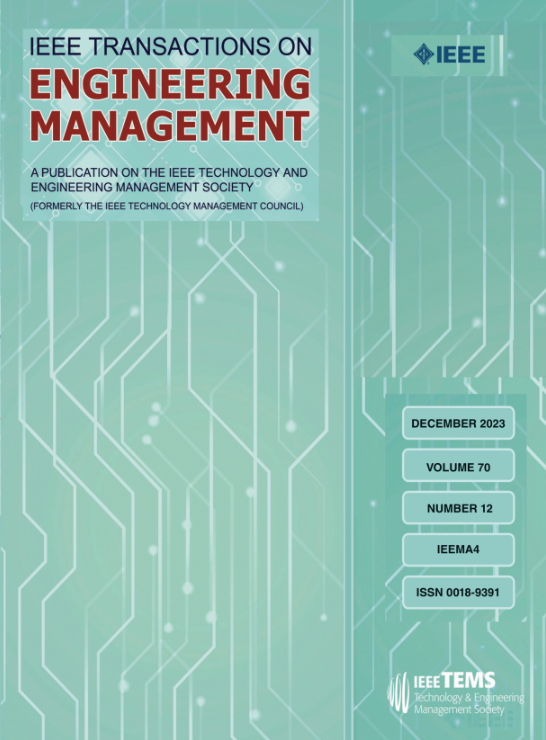Enabling the Integration of Industry 4.0 and Sustainable Supply Chain Management in the Textile Industry: A Framework and Evaluation Approach
IF 4.6
3区 管理学
Q1 BUSINESS
引用次数: 0
Abstract
The value of Industry 4.0 technology in promoting sustainable development cannot be fully realized without considering the mutual influence between sustainable supply chain management (SSCM) and Industry 4.0. To our knowledge, the investment of Industry 4.0 technology and SSCM has not yet been studied from an integration perspective. This study aims to determine the enablers for integrating Industry 4.0 and SSCM and provide a theoretical framework and approach for evaluating those enablers. First, a human, technology, organization, and environment fit (HTOE-fit) theoretical framework is developed to identify and categorize 16 enablers. Second, Fuzzy-DEMATEL and Fuzzy-TOPSIS techniques are used to analyze the influence relationships between the enablers and then rank those enablers. The case of the textile industry in a developing economy has been investigated. Results showed that technology is the most essential aspect, and automation is the most important enabler in the textile industry. The theoretical implications are based on the HTOE-fit framework, which offers a novel approach for identifying critical enablers that are necessary for the successful integration of Industry 4.0 and SSCM, based on the above-mentioned four aspects. This study also identifies the mutual influence relationship among the enablers, which helps the textile companies in formulating investment and implementation paths for integrating Industry 4.0 and SSCM.促进纺织业整合工业 4.0 和可持续供应链管理:框架与评估方法
如果不考虑可持续供应链管理(SSCM)与工业 4.0 之间的相互影响,就无法充分实现工业 4.0 技术在促进可持续发展方面的价值。据我们所知,还没有人从整合的角度研究过工业 4.0 技术和可持续供应链管理的投资问题。本研究旨在确定工业 4.0 与 SSCM 融合的推动因素,并提供评估这些推动因素的理论框架和方法。首先,建立了一个人、技术、组织和环境契合(HTOE-fit)理论框架,以识别和分类 16 个推进因素。其次,使用模糊-DEMATEL 和模糊-TOPSIS 技术分析使能因素之间的影响关系,然后对这些使能因素进行排序。研究以发展中经济体的纺织业为例。结果表明,技术是最基本的方面,自动化是纺织业最重要的促进因素。其理论意义基于 HTOE-fit 框架,该框架提供了一种新方法,可根据上述四个方面确定工业 4.0 和 SSCM 成功整合所需的关键推动因素。本研究还确定了各促进因素之间的相互影响关系,这有助于纺织企业制定整合工业 4.0 和 SSCM 的投资和实施路径。
本文章由计算机程序翻译,如有差异,请以英文原文为准。
求助全文
约1分钟内获得全文
求助全文
来源期刊

IEEE Transactions on Engineering Management
管理科学-工程:工业
CiteScore
10.30
自引率
19.00%
发文量
604
审稿时长
5.3 months
期刊介绍:
Management of technical functions such as research, development, and engineering in industry, government, university, and other settings. Emphasis is on studies carried on within an organization to help in decision making or policy formation for RD&E.
 求助内容:
求助内容: 应助结果提醒方式:
应助结果提醒方式:


